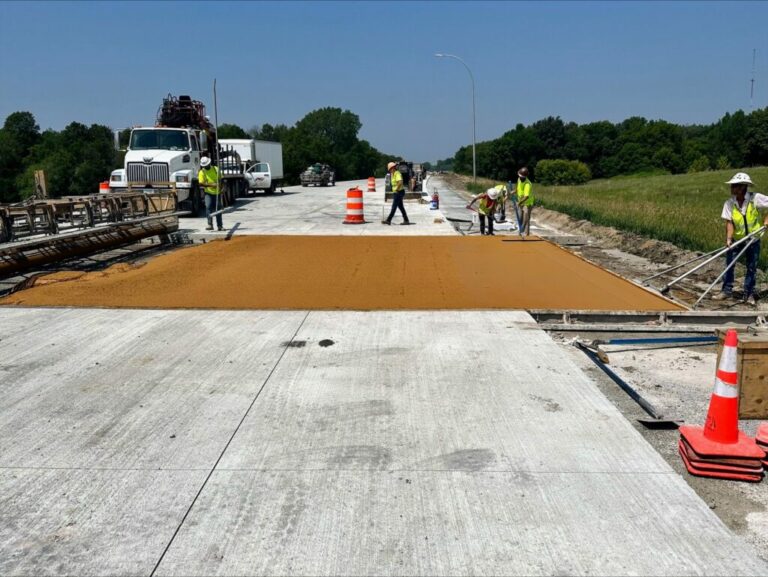When Metro Transit and the City of Saint Paul pursued their vision for a Central Corridor Light Rail Transit (Green Line) that would connect Saint Paul and Minneapolis, many opportunities for redevelopment were at stake and there was a great push to improve livability for residents. Project for Pride in Living (PPL) had one such vision for affordable, high-density housing in a mixed-use facility.
The City of Saint Paul was awarded a $1 million grant from the U.S. Environmental Protection Agency (EPA) to provide technical assistance to local property owners to investigate potential contamination and/or hazardous materials in structures, soil and groundwater along the route. The EPA’s Brownfields Program awarded grants to a coalition made up of the City of Saint Paul, the Metropolitan Council and Ramsey County Regional Railroad Authority. Environmental investigation was the first step to transform underutilized sites into the type of transit-oriented development envisioned along the Green Line.
AET prepared the first EPA-approved Quality Assurance Project Plan (QAPP) for the project. This earned us four additional property assessments. AET designed the assessments specifically for the proposed future uses of the properties — from commercial use and workforce housing to use by a neighboring school. The investigations consisted of Phase I and Phase II Environmental Site Assessments (ESAs), Response Action Plans and Asbestos and Hazardous Materials Assessments. AET also provided grant-writing support to PPL. The Metropolitan Council’s Livable Communities grant program awarded PPL $2.45 million to redevelop a former car sales lot into two four-story, residential mixed-use buildings with underground parking and a central public plaza adjacent to the Green Line station at University and Hamline avenues.
The site remediation services performed by AET were a major piece of the sustainability and environmental impact goals on this project. The entire soil excavation process was observed and monitored by our environmental field technicians. During the excavation, soil samples were collected directly from the backhoe bucket or excavation site and were observed for obvious visual or odor indications of contamination and screened with a photoionization detector (PID) for the presence of organic vapors. Performing these screenings helped reduce the amount of hauling needed for new soils, reducing the environmental impact of construction.
Alongside the soil excavation screenings, the team performed particulate air monitoring during the first week of excavation activities to document acceptable levels of dust generation, conducting daily observations and collecting particulate samples to monitor the amount of dust to reduce the impact on the mostly residential neighbors. A total of 14,561 tons of contaminated soils were excavated and disposed at the landfill. Based on a generic factor of 1.4 tons-per-cubic-yard, the estimated volume of contaminated soil disposed was approximately 10,400 cubic yards.
AET and their project partners have received multiple awards for their work on this project including a 2016 EDAM Redevelopment Award and a 2017 ACEC/MN Honor Award.
For more information about AET’s services for this project, visit our Environmental page.






